Optimal Timing for Vacuum Excavation
Vacuum excavating is a specialized method used for underground utility locating, potholing, and delicate excavation tasks. It employs high-powered suction to remove soil and debris without damaging existing underground infrastructure. This technique is favored for its precision, safety, and minimal surface disruption. Proper timing of vacuum excavating projects can enhance safety, efficiency, and cost-effectiveness.
Vacuum excavating is best performed during dry weather to prevent soil instability and ensure equipment efficiency.
Heavy rain can cause soil to become saturated, increasing the risk of collapse and reducing excavation precision.
Spring and fall often provide ideal conditions with milder temperatures and less precipitation, facilitating safer operations.
Monitoring soil moisture helps determine the best timing, as overly wet or frozen ground can hinder excavation.
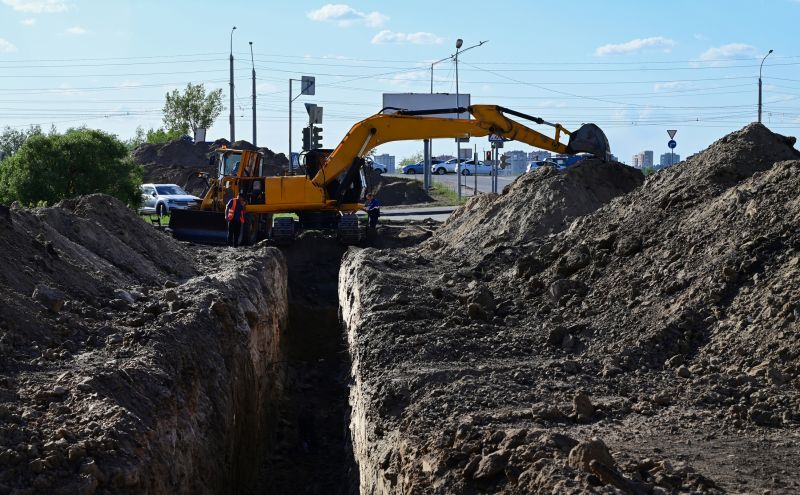
Ways to make Vacuum Excavatings work in tight or awkward layouts.

Popular materials for Vacuum Excavatings and why they hold up over time.
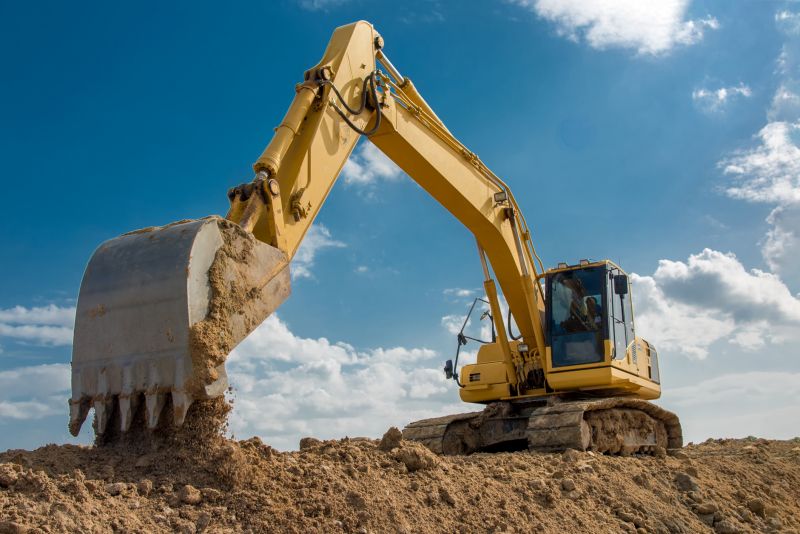
Simple add-ons that improve Vacuum Excavatings without blowing the budget.
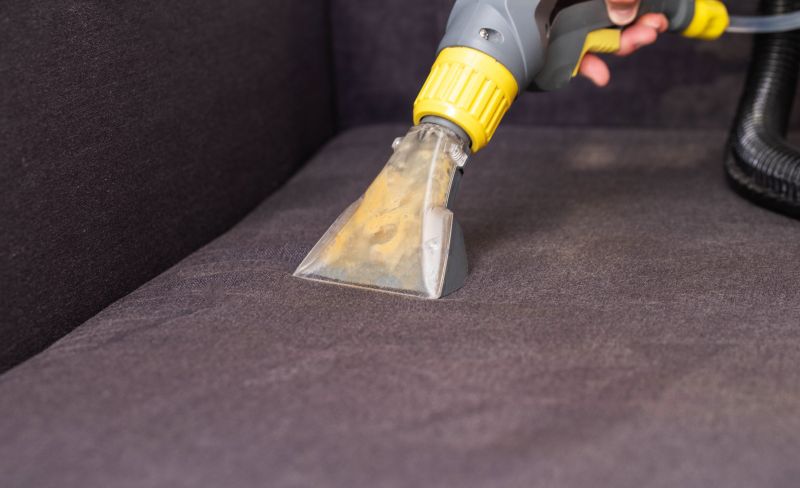
High-end options that actually feel worth it for Vacuum Excavatings.
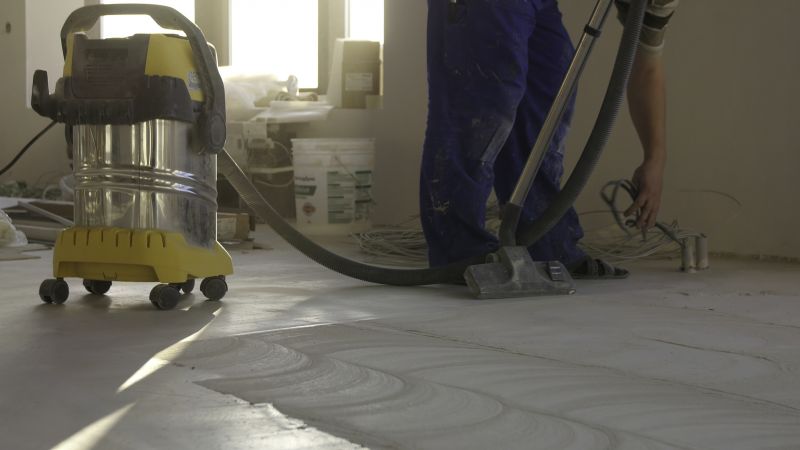
Finishes and colors that play nicely with Vacuum Excavatings.

Little measurements that prevent headaches on Vacuum Excavatings day.
Vacuum excavating is a non-destructive method that uses high-powered suction to safely expose underground utilities and perform delicate excavations. It significantly reduces the risk of damaging existing infrastructure compared to traditional excavation methods. This approach is especially valuable in congested areas or where underground utilities are densely packed. The technique relies on precise control of soil removal, making it suitable for projects requiring minimal surface disturbance.
| Factor | Impact on Timing |
|---|---|
| Weather Conditions | Dry and mild weather enhances safety and efficiency. |
| Soil Type | Sandy or loose soils are easier to excavate; clay or frozen soils may require timing adjustments. |
| Project Urgency | Urgent projects may necessitate working in less-than-ideal conditions. |
| Seasonality | Spring and fall often offer optimal conditions. |
| Ground Saturation | High moisture levels can hinder soil removal and stability. |
| Surface Activity | Periods of low surface activity reduce disruption. |
| Environmental Restrictions | Local regulations may influence scheduling. |
| Utility Location Accuracy | Accurate detection reduces the need for rework, influencing timing. |
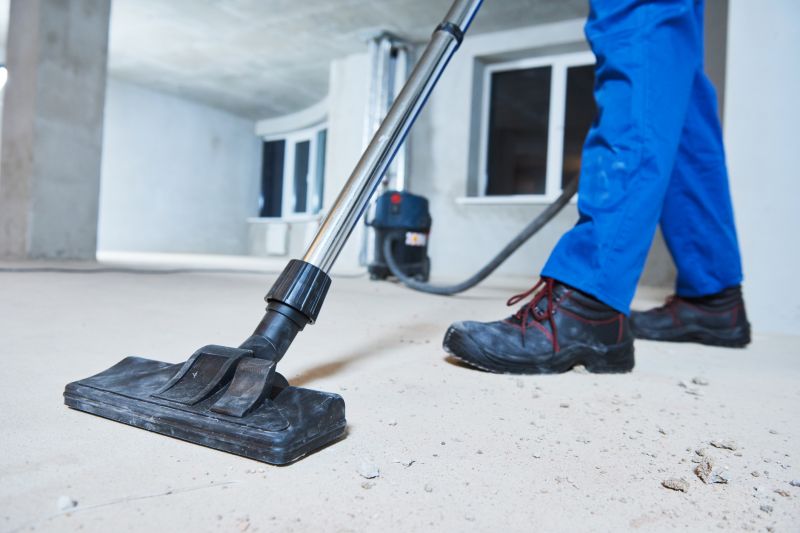
A 60-second routine that keeps Vacuum Excavatings looking new.
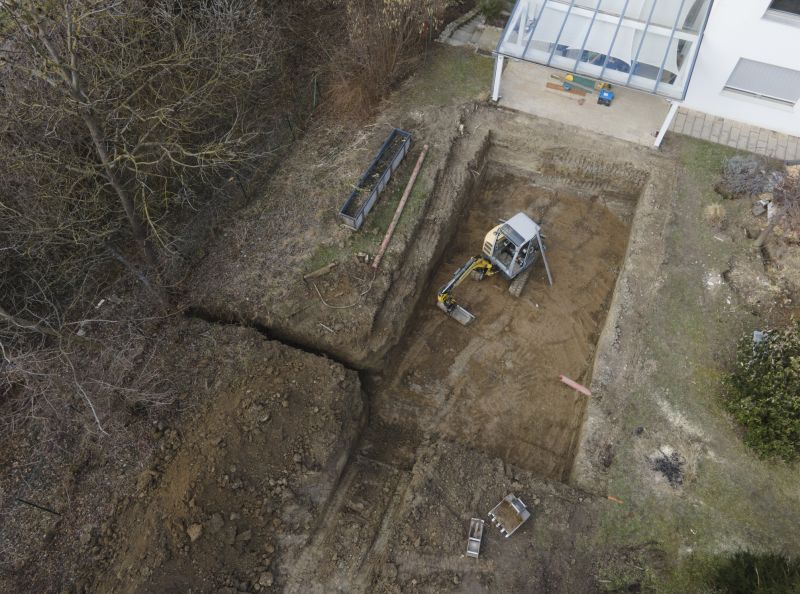
A frequent mistake in Vacuum Excavatings and how to dodge it.
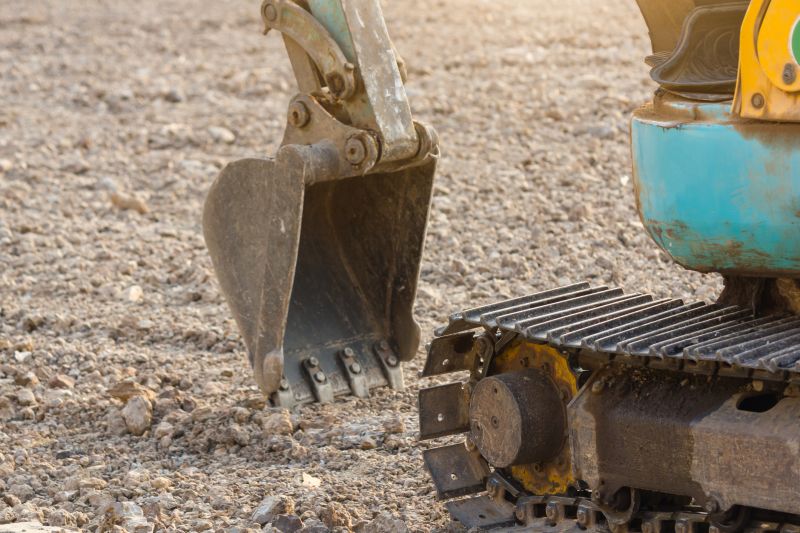
Small tweaks to make Vacuum Excavatings safer and easier to use.
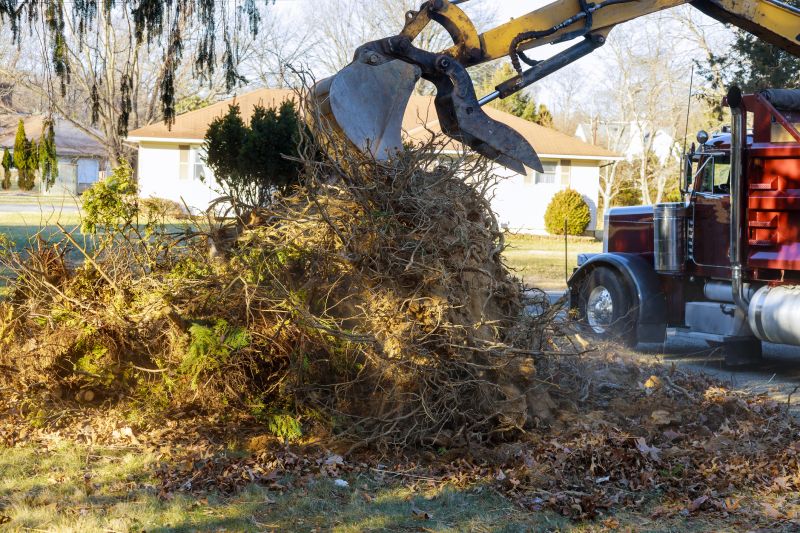
Lower-waste or water-saving choices for Vacuum Excavatings.
Choosing the appropriate time for vacuum excavating involves assessing weather patterns, soil conditions, and project requirements. Proper timing minimizes risks, reduces project delays, and ensures safety and precision. Consulting with experienced professionals can help identify the most suitable periods for excavation activities, especially in areas prone to seasonal weather variations.
Interested in scheduling vacuum excavating services? Fill out the contact form to receive more information and discuss project specifics. Proper timing and planning can lead to safer, more efficient excavations tailored to site conditions.



